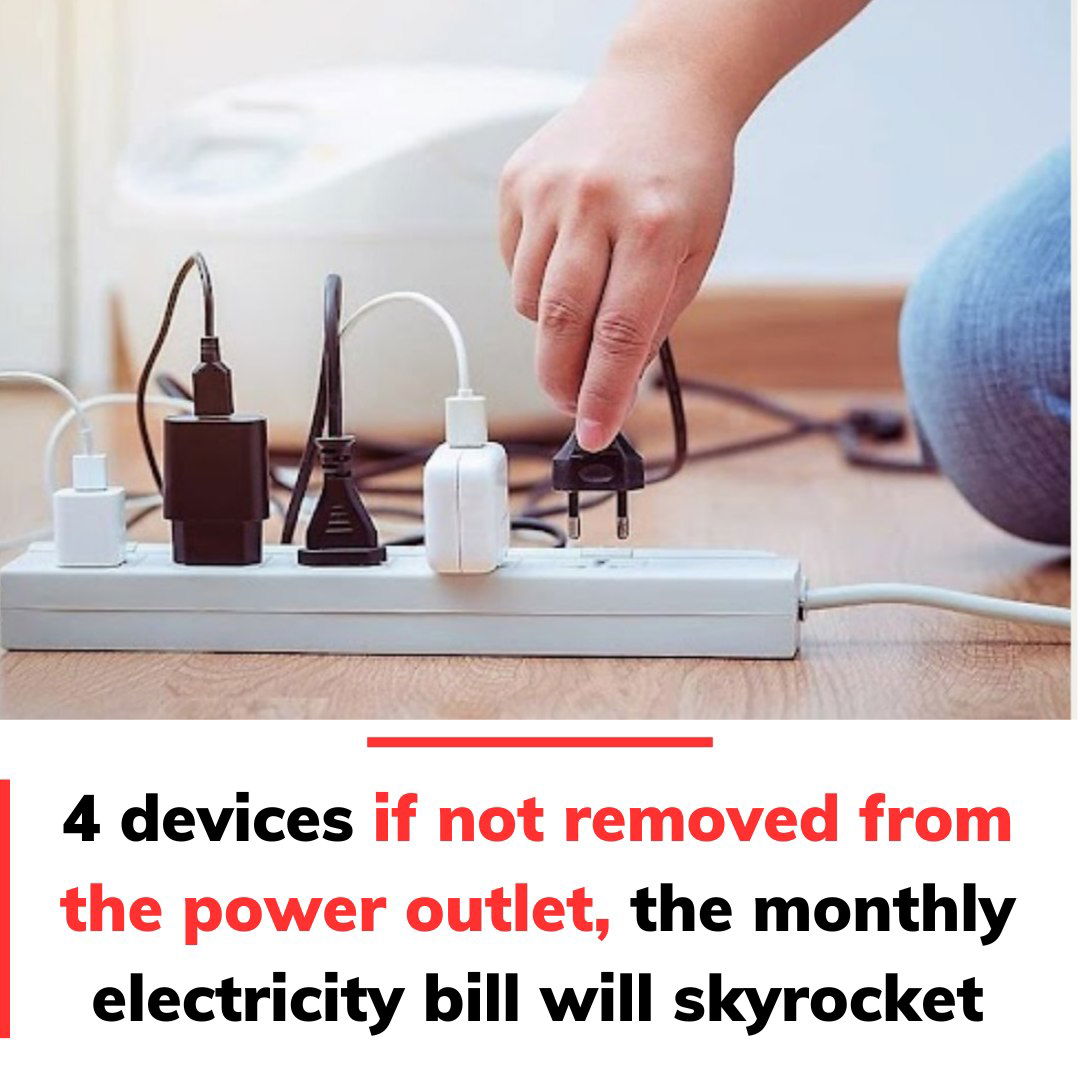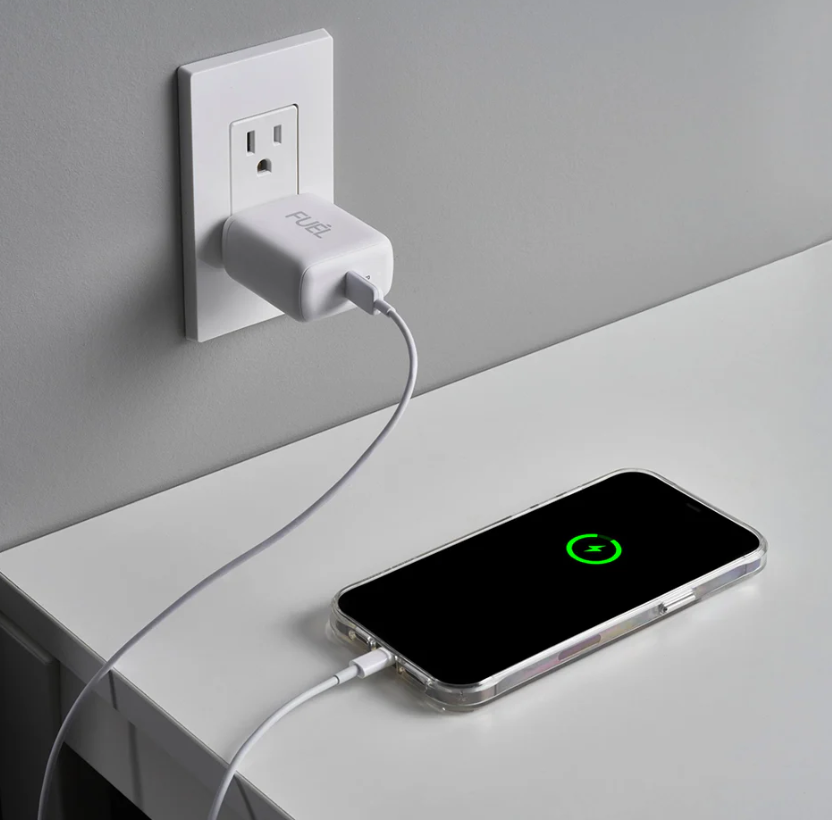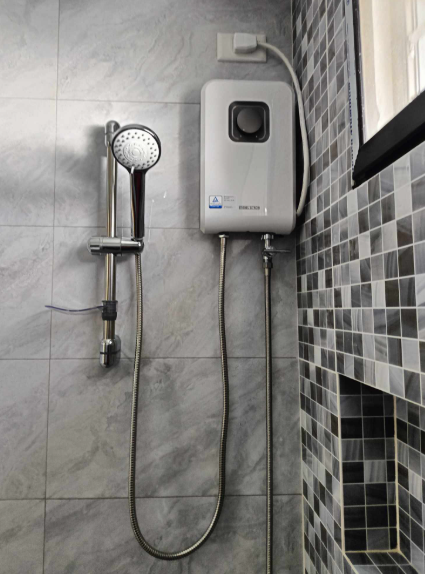
Say goodbye to the hassle of fickle remotes! Discover quick and simple ways to diagnose and fix your remote with ease—no tech skills required.
Common Remote Control Issues (and Easy Fixes)
Before jumping to conclusions or tossing out your remote, consider these common problems—most have straightforward solutions.
De.ad Batteries: Often the number one culprit!
Blocked Signal: Objects or faulty sensors can interfere with the infrared beam.
Dirty Contacts: Grime and oxidation can prevent proper electrical contact.
Physical Damage: Drops or bumps may loosen internal components.
Let’s break down how to troubleshoot and fix each issue.
1. Check and Replace the Batteries
A remote that suddenly stops responding likely has a power issue.
Steps:
Open the battery compartment and confirm the batteries are inserted correctly.
Replace with fresh, high-quality batteries.
Try adjusting the position slightly to reestablish the connection.
Test the charge level with a battery tester, if available.
Pro Tip:
Use a cloth dampened with rubbing alcohol to clean the battery terminals and remove oxidation.

2. Test the IR Signal Using Your Smartphone
Still not working with new batteries? The infrared transmitter may be the issue.
How to test:
Open your phone’s camera app.
Aim the remote’s IR sensor at the camera.
Press any button and watch for a flashing light on the screen.
If no light appears: The transmitter might be defective.
Tip:
Clean the IR sensor with a microfiber cloth and ensure nothing blocks its path to the TV.
3. Create a DIY Emergency Battery
Need a quick battery fix?
Materials Needed:
A pencil, tweezers, a sharpener, and a spent battery.
Steps:
Cut a pencil piece to match the battery size.
Flatten the ends and attach a metal contact (from the old battery) to one side.
Pair it with a working battery in the remote and test.
Note: This is a temporary fix until you can replace it with proper batteries.

4. Revive Weak Batteries Temporarily
Running low on battery power? Try this trick:
Instructions:
Remove the batteries and rub their ends with aluminum foil.
Warm them in your hands briefly to stimulate the chemicals.
Reinsert and test again.
Note: This is a short-term hack, not a permanent solution.
5. Clean the Inside of the Remote
If buttons are sticky or unresponsive, dirt may be the issue.
Cleaning process:
Carefully open the remote using a small tool.
Remove debris or dust near contacts.
Mix demineralized water and vinegar, then clean circuit boards with a cotton swab.
Let it fully dry before reassembling.
Optional: Use compressed air to clean without opening the case.
6. Inspect Internal Components
If all else fails, it might be a hardware issue.
Steps:
Open the remote and examine the circuit board.
Look for loose parts or broken solder joints.
Gently secure anything that appears out of place.
Final Option: Try using your TV’s control buttons, a mobile app, or a universal remote.
Final Thoughts: Simple Fixes, Big Savings
Before replacing your remote, try these cost-free solutions:
- Refresh the batteries and clean the connectors.
- Test the IR signal.
- Try creative troubleshooting methods.
- Remove internal debris and inspect electronics.
In many cases, you’ll have your remote working again in no time and save yourself the cost of a replacement.
4 devices if not removed from the power outlet

Typically, there are devices that a lot of families never unplug from the power outlet to cut off the power supply. Many people thinks that this is very normal and if we do not use the device but keep it plugged in, it will not waste electricity. This point of view is completely wrong!
According to the experience shared by long-time electricians, one of the common causes of wasting electricity is not unplugging electrical appliances when not in use. The electrician warns that the 4 devices below are the ones that everyone should consider immediately to save electricity effectively!
1. The TV
The more modern the smart TV is, the more electricity it can consume to maintain the network connection. So unplugging the TV when not in use is an economical and energy-saving way.
The TV is not completely turned off although we have pressed the Off button on the remote control. Even if not used, if the plug is not unplugged, the TV is still in standby mode, there is always an electric current running inside to maintain functions such as timer, software update, channel memory, etc.
2. A phone charger

Even if not connected to the phone, the charger continues to consume a small amount of electricity if plugged into an outlet. Though this amount of electricity is not large, if calculated in total over a long period of time, it will contribute to increasing electricity costs.
Hanging the charger, on the other hand, is quite dangerous because you can easily get an electric sh0ck if you touch it. Placing the charger with the current on a pillow or blanket can also easily lead to a fire due to electric leakage. So we should form the habit of unplugging the charger when not in use, not only to save electricity but also to prolong the life of the charger.
3. The water heater
The water heater should be disconnected from the power source if not in use
The frequency of hot water use is very low especially in the summer. If you turn on the water heater to keep warm, it will waste much electricity. Therefore, if you do not need it, you should unplug the water heater, this action will help save some electricity.
The water heater’s structure allows you to keep the water temperature at all times by simply turning it on. It sounds very convenient because we can use hot water at any time. However, in fact, the water heater continues to consume electricity during the heat preservation process, consuming electricity all day long.

4. The air conditioner
A lot of people have the habit of leaving the air conditioner in standby mode for convenient use next time, yet this means that the air conditioner still consumes electricity even when not in use. On the other hand, if the power is turned off, this device is always in standby mode, the indicator light is always on, which consumes electricity.
Therefore, in the seasons when you do not use the air conditioner, it is advisable to unplug it to save more as well as let the device “rest”, prolonging its life.















